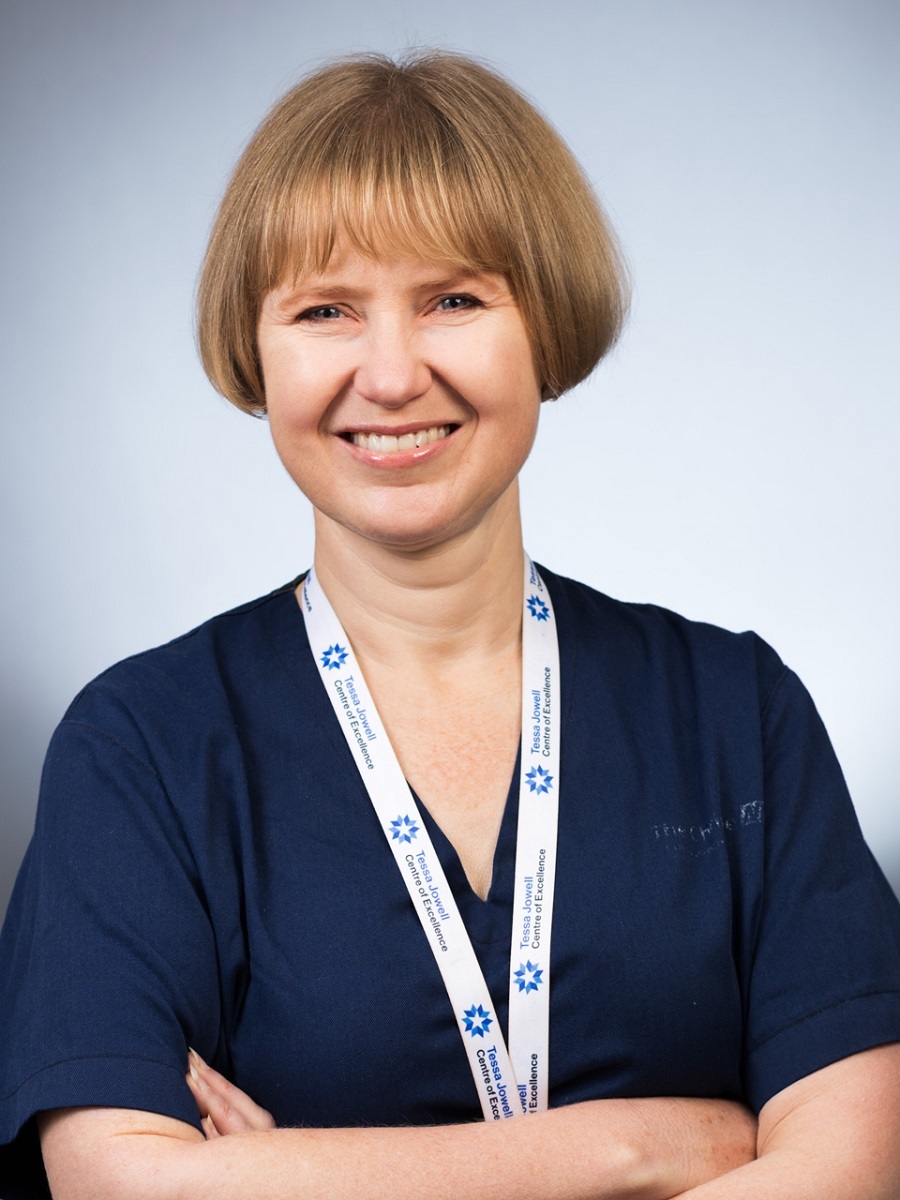Brain tumour treatment
Your treatment will depend on the type of tumour, its size, position, grade, biomarkers and the symptoms.
On this page
How brain tumours are treated
Treatments used for brain tumours include surgery, radiotherapy and chemotherapy. You may have a combination of treatments.
Your treatment depends on:
- the size and position of the tumour
- the type and grade of the tumour
- any biomarkers you have
- the symptoms you have.
Before you have treatment, your treatment is carefully planned. Your doctor and nurse will explain your treatment options.
People with brain tumours are treated in specialist hospitals. You may have to travel a long way to your nearest one.
How treatment is planned
In most hospitals, a team of specialists meet to plan your treatment. This multidisciplinary team (MDT) may include a:
- neurosurgeon – a doctor who does operations (surgery) on the brain and nervous system
- clinical oncologist – a doctor who uses radiotherapy, chemotherapy and other anti-cancer drugs to treat tumours
- clinical nurse specialist (CNS) – a nurse who gives information and support to people with brain tumours. They are sometimes called a specialist nurse.
- neuroradiologist – a doctor who looks at scans and x-rays to diagnose problems
- neuropathologist – a doctor who looks at cells or body tissue under a microscope to diagnose the tumour type
- neurologist – a doctor who treats conditions of the brain and nervous system.
The MDT may also include:
- a physiotherapist
- an occupational therapist
- a neuropsychologist
- a speech and language therapist (SLT)
- a counsellor.
The MDT gives advice about your treatment based on results of your tests and your general health.
Your doctor or specialist nurse will talk to you about your treatment options. They will explain the different treatments and their side effects. Together you make a decision about your treatment plan. Make sure you ask questions about anything you do not understand or feel worried about.
The benefits and risks of treatment
Different types of treatment may be used to treat brain tumours. The aim of the treatment will depend on your individual situation. It may be possible to remove the tumour. Or the aim may be to control the tumour and help manage symptoms.
Treatments can have risks and side effects. These may be easy to manage, or they may be more severe. Some side effects are more common while others may only affect a few people.
You may have to weigh up any possible risks or side effects against the benefits of treatment. Your specialist doctor or nurse will talk to you about this. They will explain any risks or side effects and ways to reduce or manage them. They can also tell you if your treatment is likely to cause any late effects and how these can be managed.
Treatment for brain tumours
If the tumour is slow-growing and not causing you problems, your doctor may suggest active monitoring or surveillance. This is sometimes called watch and wait. This is when you have regular scans to check for any growth or changes. Doctors will monitor your scans and symptoms carefully and start treatment if needed.
Some people may need to start treatment quickly, for example if the tumour is high-grade.
If you need treatment, you may be offered surgery to try to remove all or as much of the tumour as possible. This is called a gross total resection.
If it is not possible to remove all of the tumour, removing part of the tumour can still be helpful. This is called debulking or sub-total resection. Sometimes radiotherapy or chemotherapy may be offered after surgery.
In some cases, where it is not safe to try and remove any of the tumour, or if the diagnosis is uncertain, you might be offered a biopsy.
You may be offered other treatments if:
- you are not able to have surgery
- you have a higher-grade tumour
- it was not possible to remove all the tumour.
Other treatments include radiotherapy and chemotherapy. They may also be offered if you have certain biomarkers that mean the tumour may behave differently or has a higher risk of coming back after surgery. Your doctor or specialist nurse will explain the treatment options to you. Some people may have chemotherapy alone as their main treatment.
Treating rarer brain tumours
Some rare brain tumours are treated in other ways or in a different order. For example, lymphomas may need a biopsy, then treatment with chemotherapy or radiotherapy, or both. You may also have other types of treatment.
We have more information about different kinds of rarer brain tumours.
How a brain tumour may affect your right to drive
Following diagnosis and treatment for a brain tumour, most people will not be allowed to drive for a period of time. If you drive it is important to discuss with your doctor how your diagnosis and treatment for a brain tumour affects your right to drive.
If you have a driving licence, you must tell the licencing agency (DVLA or DVA) that you have been diagnosed with a brain tumour. We have more information about how a brain tumour may affect your right to drive.
Active monitoring for a brain tumour
Active monitoring means regularly checking the tumour to find out if it is changing or growing. It is sometimes called active surveillance or watch and wait. You have regular MRI scans to check the tumour. Then you usually have regular clinic appointments to discuss the results.
Active monitoring may be suggested if:
- you have a low-grade tumour with few or no symptoms
- the risks or side effects of having treatment at this time are likely to be greater than the benefits.
Active monitoring is not suitable for everyone. Some people have active monitoring before they have any treatment. This means you have active monitoring instead of having treatment straight away.
Sometimes you can choose to have active monitoring after surgery. This may mean you can delay having further treatment, such as radiotherapy, until it is needed. This might be beneficial in some situations, because treatment can cause side effects. Some of these side effects may be permanent.
Your specialist doctor will discuss the results of your scans with you. They will ask how you are feeling and if you have any new symptoms. The scan results and any symptoms you might have help your doctor know if and when to recommend treatment. Your doctor will discuss the possibility of starting treatment if:
- your scan shows that your tumour is growing
- you develop new symptoms.
Some people may not need a clinic appointment after the scan. They may just be sent a letter with the results. If you have any new or changing symptoms between your scans, contact your doctor or specialist nurse straight away.
How often you have a scan and clinic appointment will depend on:
- the type of tumour you have
- how long you have had it for.
Support while you have active monitoring
You may find it difficult to cope with the uncertainty of active monitoring and not having treatment. You may worry the tumour may grow in between appointments. Make sure you understand why your treatment team are suggesting the option of delaying treatment until it is needed.
Talk to your treatment team about any feelings of uncertainty. Your specialist nurse can give you support and advice on coping.
You might find it helpful to talk about how you feel with family and friends. Or you may want to talk to people who are in a similar situation. You could try joining a support group or online forum. You can visit our brain cancer forum to talk with people who have been affected by brain tumours, share your experience, and ask an expert your questions.
Treating brain tumour symptoms
When you are diagnosed, you may need treatment to help manage symptoms. This may be before, during or after treatment for a brain tumour. Symptoms can be caused by the tumour. Or they may be from the treatment.
Symptoms can be difficult to cope with, but they can usually be controlled. Sometimes this is called supportive treatment. It may include taking anti-sickness drugs and painkillers.
You may need drugs called anti-convulsants to help reduce the risk of seizures. You may also need steroids to reduce swelling around the tumour. Or you may have surgery to reduce pressure inside the skull.
Sometimes a brain tumour cannot be removed or controlled any more. If this happens, you can still have treatment for any symptoms. You will have supportive care from a specialist team including doctors or nurses who are experts at managing symptoms. This is sometimes called palliative care. We have more information about coping with advanced cancer and palliative care.
We have more information about coping with advanced cancer.
Getting support
If you have been diagnosed with a brain tumour and would like to talk to someone, we're here. You can:
- Call the Macmillan Support Line for free on 0808 808 00 00.
- Chat to our specialists online.
- Visit our brain cancer forum to talk with people who have been affected by brain tumours, share your experience, and ask your questions.
You may also want to get support from a brain tumour charity, such as:
About our information
This information has been written, revised and edited by Macmillan Cancer Support’s Cancer Information Development team. It has been reviewed by expert medical and health professionals and people living with cancer.
-
References
Below is a sample of the sources used in our primary brain tumour information. If you would like more information about the sources we use, please contact us at informationproductionteam@macmillan.org.uk
EANO-ESMO Clinical Practice Guidelines for prophylaxis, diagnosis, treatment and follow-up: Neurological and vascular complications of primary and secondary brain tumours. 2021. Available from www.eano.eu/publications/eano-guidelines/eano-esmo-clinical-practice-guidelines-for-prophylaxis-diagnosis-treatment-and-follow-up-neurological-and-vascular-complications-of-primary-and-secondary-brain-tumours [accessed August 2024].
NICE Guideline NG99. Brain tumours (primary) and brain metastases in over 16s. 2018 (updated 2021). Available from: www.nice.org.uk/guidance/ng99 [accessed August 2024].
Date reviewed

Our cancer information meets the PIF TICK quality mark.
This means it is easy to use, up-to-date and based on the latest evidence. Learn more about how we produce our information.
The language we use
We want everyone affected by cancer to feel our information is written for them.
We want our information to be as clear as possible. To do this, we try to:
- use plain English
- explain medical words
- use short sentences
- use illustrations to explain text
- structure the information clearly
- make sure important points are clear.
We use gender-inclusive language and talk to our readers as ‘you’ so that everyone feels included. Where clinically necessary we use the terms ‘men’ and ‘women’ or ‘male’ and ‘female’. For example, we do so when talking about parts of the body or mentioning statistics or research about who is affected.
You can read more about how we produce our information here.





